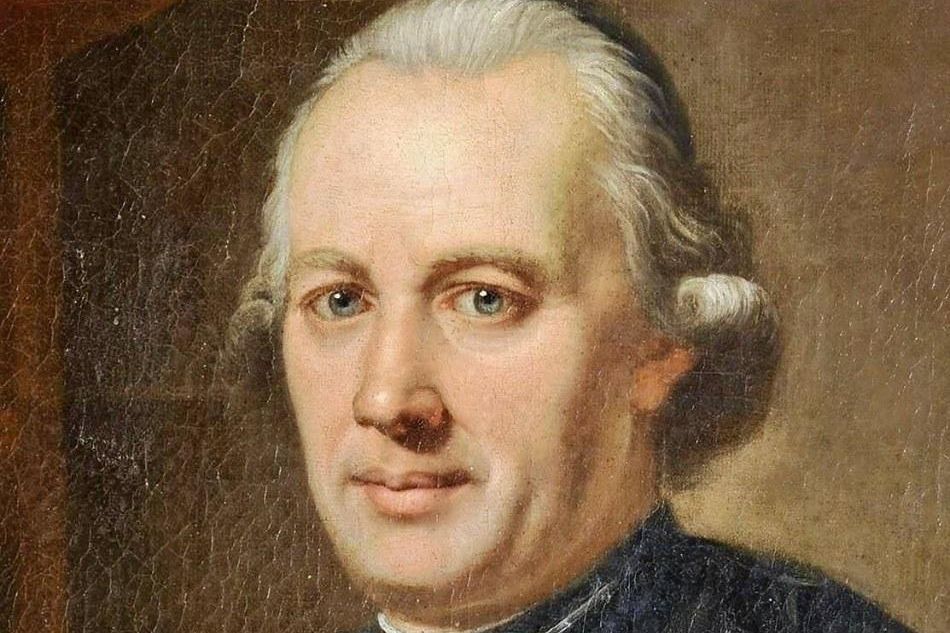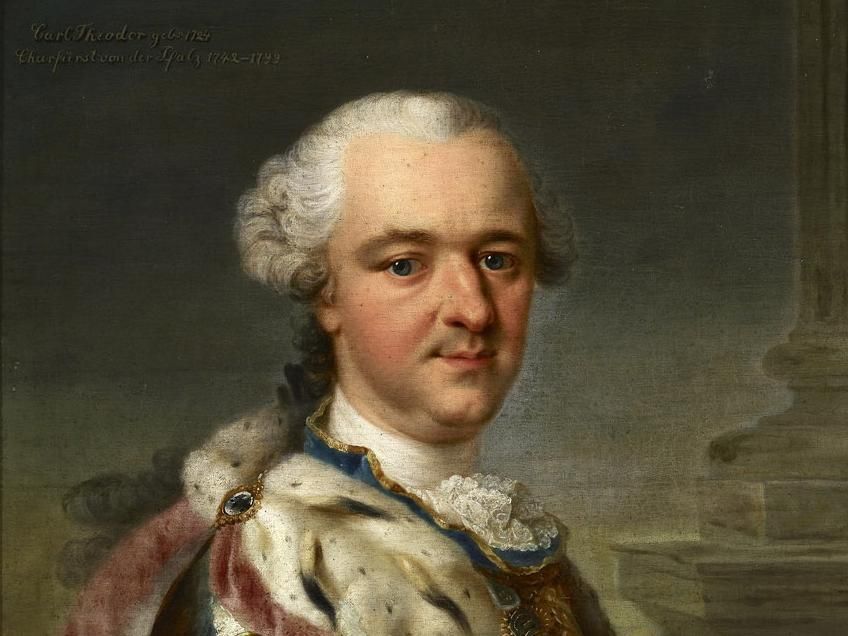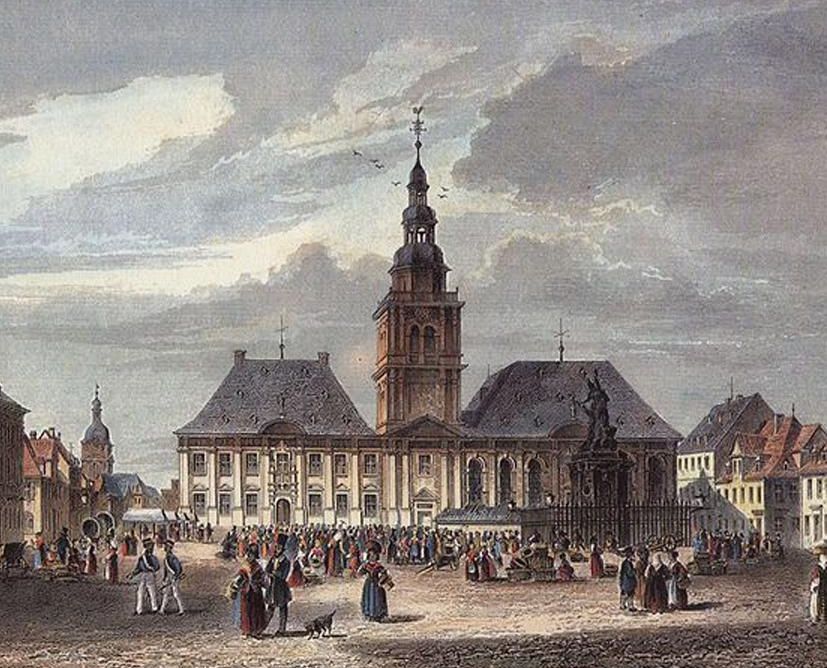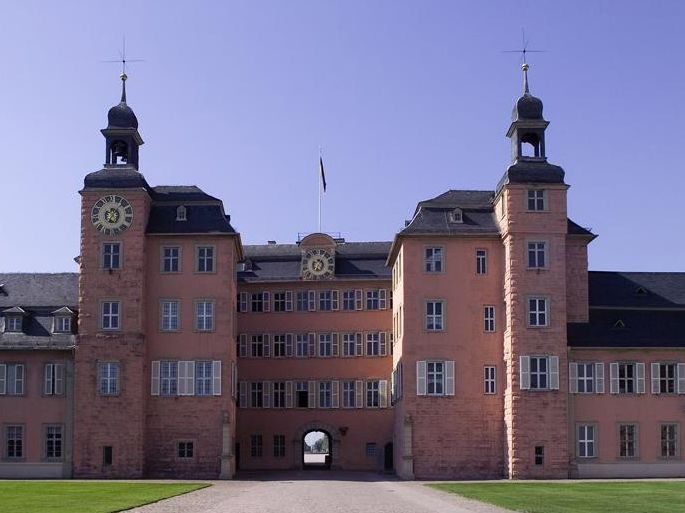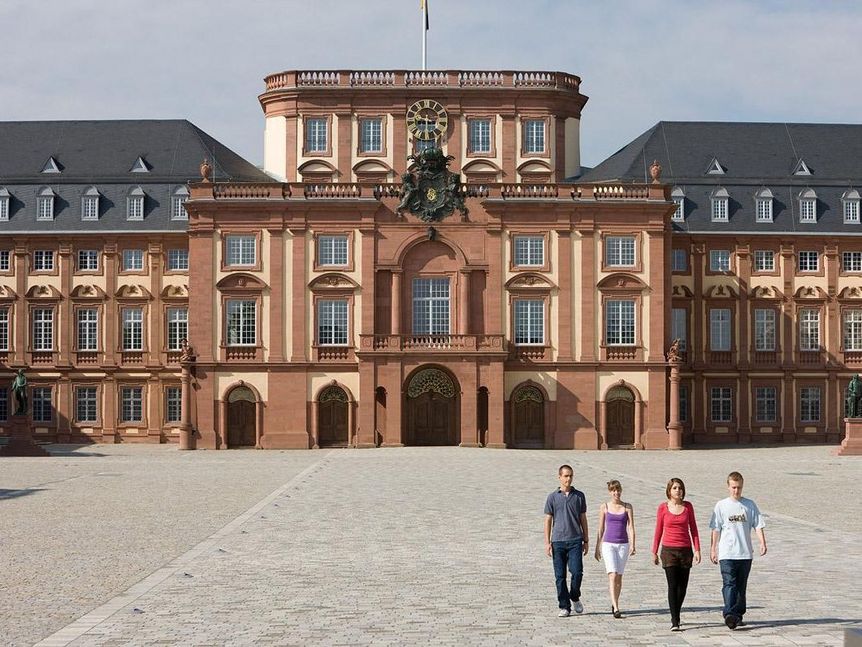Fire safety in the Electoral PalatinateThe lightning rod
Thanks to the interests of Prince-Elector Carl Theodor von der Pfalz, the prince-elector's palaces and bastions had been protected with lightning rods since the end of the 18th century. "Hemmer's five-pointed star" provided the necessary protection. It was invented by the Jesuit priest Johann Jakob Hemmer.



